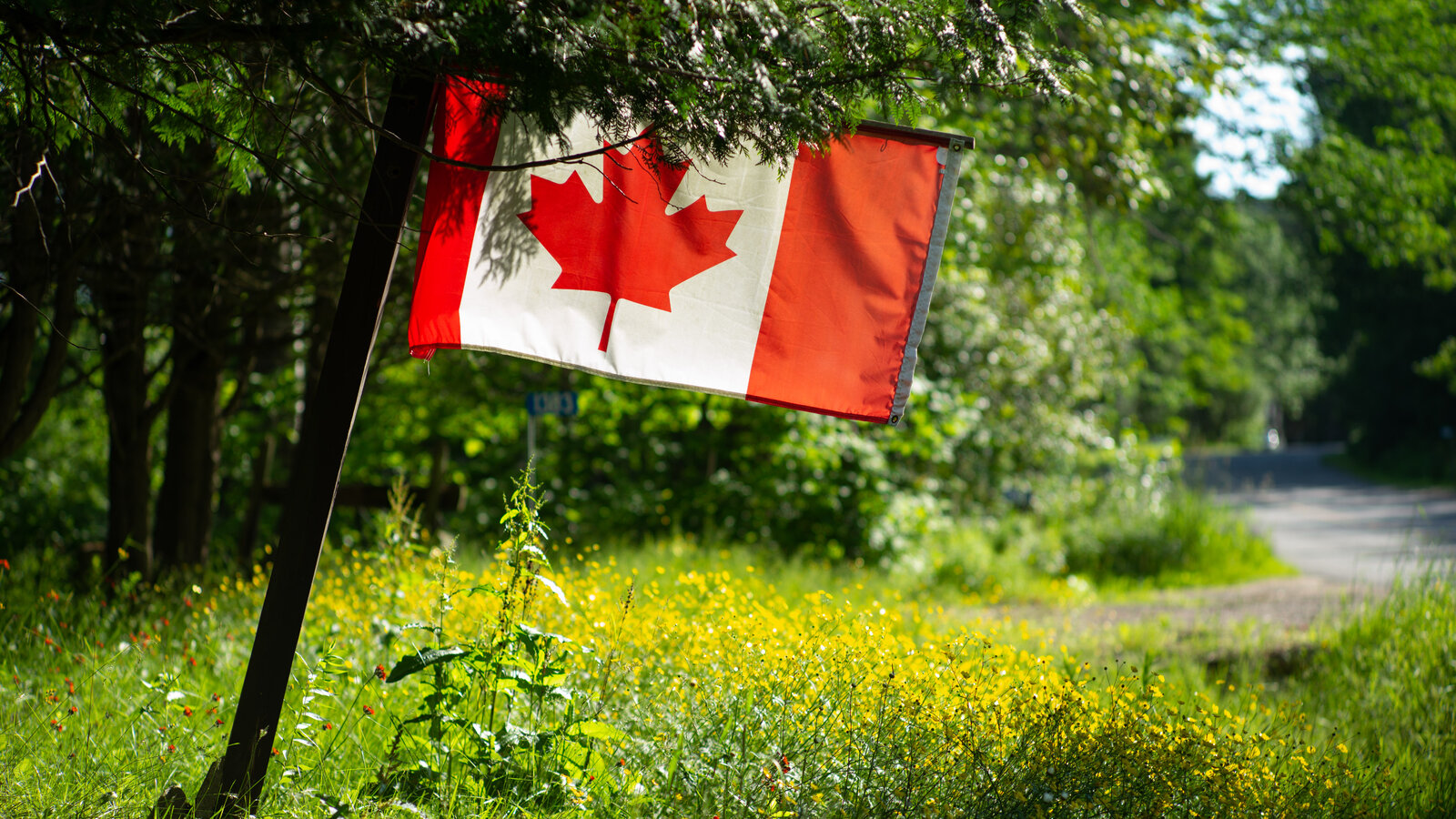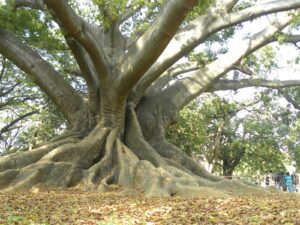Tree Removal Canada: Laws, Permits, Applications & Costs
When it comes to removing trees on your property in Canada, navigating the legal landscape can feel overwhelming. Whether you’re dealing with a hazardous tree, planning a construction project, or simply redesigning your landscaping, understanding the regulations, permit requirements, and costs associated with tree removal is essential. This comprehensive guide will walk you through everything you need to know about tree removal in Canada, from provincial laws to application processes and average costs you can expect.
Understanding Tree Removal Laws in Canada
Tree removal regulations in Canada are primarily governed at the municipal and provincial levels, with each jurisdiction establishing its own set of rules. These regulations aim to protect urban forests, preserve biodiversity, and maintain the environmental benefits that trees provide.
Provincial Variations in Tree Protection
Tree protection laws vary significantly across Canadian provinces. In British Columbia, the protection of trees falls under municipal bylaws, with cities like Vancouver requiring permits for removing trees with trunks larger than 20 cm in diameter. Ontario has the Municipal Act and the City of Toronto Act, which grant municipalities the authority to regulate tree removal. In Quebec, municipal bylaws dictate tree removal regulations, with many cities requiring permits for trees exceeding certain dimensions.
The federal government may become involved when trees are located in protected areas or habitats of endangered species. According to Environment and Climate Change Canada, removing trees that serve as habitats for protected species may require additional permits and environmental assessments. You can find more information about protected habitats at the Environment and Climate Change Canada website.
Municipal Bylaws and Their Impact
Municipal bylaws often have the most direct impact on your ability to remove trees from your property. These bylaws typically specify:
- The minimum size or diameter of trees that require permits for removal
- Protected or heritage tree designations
- Replacement tree requirements
- Penalties for unauthorized tree removal
In many municipalities, these bylaws are quite strict. For example, in Toronto, you need a permit to remove any tree with a diameter of 30 cm or more at 1.4 meters above ground level. Vancouver requires permits for trees with diameters exceeding 20 cm.
The consequences of non-compliance can be severe, with fines ranging from hundreds to tens of thousands of dollars. In some extreme cases, property owners have faced fines exceeding $100,000 for removing protected trees without authorization.
The Tree Removal Permit Process
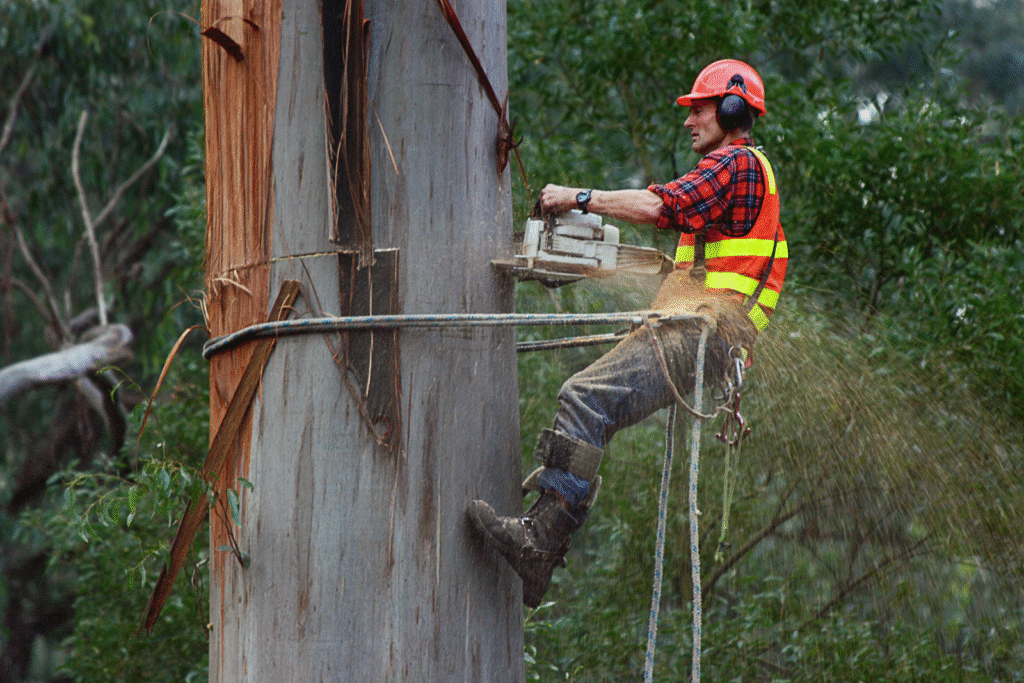
When You Need a Permit
Generally, you’ll need a permit for tree removal in Canada if:
- The tree exceeds a certain diameter (varies by municipality)
- The tree is a protected or heritage species
- You plan to remove multiple trees simultaneously
- The tree is located in an environmentally sensitive area
- The tree is situated on public property or a shared property line
Some exceptions exist where permits might not be required, such as for emergency removals of hazardous trees, trees affected by certain diseases, or trees below the size threshold specified in local bylaws.
How to Apply for a Tree Removal Permit
The application process typically involves the following steps:
- Contact your local municipal office or visit their website to obtain the appropriate application form
- Complete the application with details about the tree(s) to be removed, including species, size, location, and reason for removal
- Submit supporting documentation, which may include:
- Property survey showing tree locations
- Arborist report assessing tree health and condition
- Site plans for construction projects
- Photographs of the tree(s)
- Pay the application fee
- Schedule an inspection with a municipal arborist or forestry official
- Wait for approval or denial of your application
Processing times vary significantly between municipalities, ranging from a few days to several months. In urban centers with high volumes of applications, such as Toronto or Vancouver, the waiting period can be particularly long during busy seasons.
Reasons Permits Are Approved or Denied
Municipal authorities typically approve tree removal permits for the following reasons:
- The tree poses a safety hazard to people or property
- The tree is dead, dying, or diseased beyond recovery
- The tree is causing structural damage to foundations, utilities, or other infrastructure
- The removal is necessary for approved development or construction
Permits are commonly denied when:
- The tree is healthy and poses no hazard
- The tree is a protected or heritage species
- The tree provides significant environmental benefits
- Alternative solutions to removal exist
- The application lacks sufficient documentation or professional assessment
If your permit is denied, most municipalities offer an appeal process, though this can extend the timeline significantly.
The Cost of Tree Removal in Canada
Permit Fees
Permit fees vary widely across Canadian municipalities:
| Municipality | Basic Permit Fee | Additional Fees | Refundable Deposit |
|---|---|---|---|
| Toronto, ON | $110-$372 depending on number of trees | $83-$1,400 for injury permit | May require security deposit |
| Vancouver, BC | $86 per tree | Additional fee for site visit | N/A |
| Calgary, AB | $38-$125 | Higher for protected trees | N/A |
| Montreal, QC | $35-$100 | Varies by borough | May require deposit |
| Ottawa, ON | $95-$150 | Additional for multiple trees | N/A |
| Halifax, NS | $25-$95 | Varies by situation | N/A |
These fees generally cover administrative costs and inspection services. Some municipalities also require refundable deposits to ensure compliance with replacement tree planting requirements.
Service Costs
Beyond permit fees, the actual service cost of tree removal depends on several factors:
Factors Affecting Tree Removal Cost
The price you’ll pay for professional tree removal services in Canada depends on:
Tree Size: Size is the most significant cost factor. Larger trees require more labor, specialized equipment, and often more complex removal techniques. A small tree (under 30 feet) might cost $150-$450, while a large tree (over 60 feet) could cost $900-$2,500 or more.
Tree Location: Trees near structures, power lines, or in areas with limited access require more careful work and often specialized equipment. This can increase costs by 25-50%.
Tree Species: Some species, particularly hardwoods like oak and maple, are denser and more difficult to cut, potentially increasing removal costs.
Tree Condition: Dead, diseased, or unstable trees may cost more to remove due to the additional safety measures required.
Additional Services: Stump removal typically costs extra, ranging from $75-$300 depending on size. Log splitting, wood chipping, and debris removal also add to the final price.
Seasonal Factors: During the winter months when work is slower, some companies offer discounts of 10-20%. Conversely, after storms when demand is high, prices may increase.
Average Costs by Province
Tree removal costs vary by region:
- British Columbia: $500-$1,800, with higher prices in Vancouver and Victoria
- Ontario: $400-$2,000, with Toronto and Ottawa at the higher end
- Alberta: $350-$1,500, with Calgary and Edmonton prices similar
- Quebec: $450-$1,800, with Montreal typically at the higher end
- Atlantic Provinces: $300-$1,200, generally lower than other regions
These ranges represent average costs for medium-sized trees. Additionally, most reputable tree service companies in Canada carry insurance and employ certified arborists, which provides important protection but may result in higher service costs compared to uncertified operators.
Replacement Requirements and Reforestation
Many Canadian municipalities have tree replacement requirements as part of their permitting process. These requirements aim to maintain or increase the urban canopy and offset the environmental impact of tree removal.
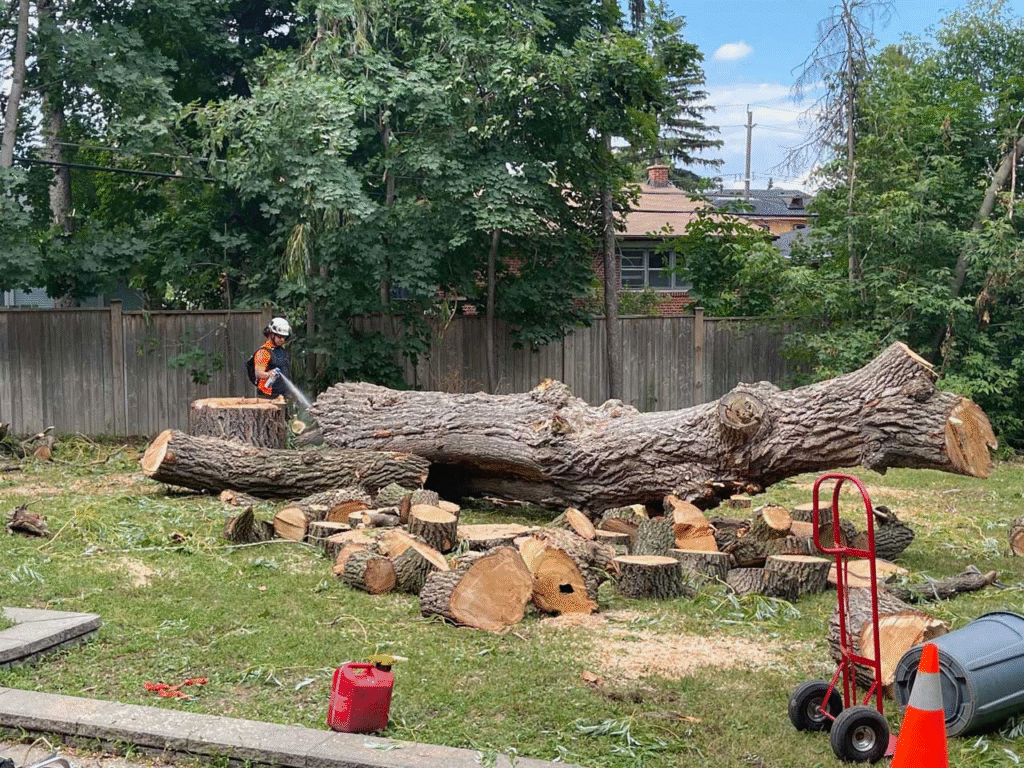
Common Replacement Requirements
Replacement ratios vary by municipality but typically follow these patterns:
- One-to-one replacement for smaller trees
- Multiple replacements for larger or protected trees (sometimes 2:1, 3:1, or higher)
- Species-specific requirements favoring native trees
- Size requirements for replacement trees (usually minimum caliper size)
- Timeline requirements for planting replacements (often within one year)
Some municipalities offer alternative compliance options, such as paying into a tree fund if physical replacement is impractical on your property.
Reforestation Initiatives
Beyond individual property requirements, Canada has numerous reforestation initiatives at the national, provincial, and municipal levels. The Natural Resources Canada oversees many federal reforestation programs. Participating in these initiatives can sometimes offer tax benefits and may provide an alternative compliance path for replacement requirements.
Hiring Professional Tree Removal Services
Finding Qualified Professionals
When hiring a tree removal service in Canada, consider these factors:
- Certification: Look for companies employing certified arborists (members of the International Society of Arboriculture)
- Insurance: Verify that the company carries adequate liability insurance and workers’ compensation
- References: Ask for and check references from previous clients
- Experience: Inquire about their experience with similar trees and situations
- Written estimates: Get detailed written estimates from multiple companies
- Permits: Confirm whether they handle the permit application process or if that remains your responsibility
Questions to Ask Before Hiring
Before committing to a tree removal service, ask:
- “Are you insured and bonded?”
- “Do you employ certified arborists?”
- “Will you handle the permit application process?”
- “What does your quote include? (Stump removal, cleanup, etc.)”
- “How will you protect my property during removal?”
- “Do you offer emergency services if needed?”
- “Can you provide references from similar jobs?”
DIY Tree Removal: When It’s Possible and When to Avoid It
While professional tree removal is recommended for most situations, DIY removal might be feasible for very small trees (under 15 feet) that are away from structures and utilities.
Safety Considerations
If considering DIY removal, be aware of these safety concerns:
- Falling hazards: Tree removal is one of the most dangerous homeowner activities
- Property damage risks: Improper techniques can result in damage to structures
- Utility concerns: Trees near power lines should always be handled by professionals
- Equipment dangers: Chainsaw accidents are common among inexperienced users
Legal Considerations
Even for DIY removal, you’re still subject to the same permit requirements and replacement obligations as professional services. Failure to obtain necessary permits can result in significant fines regardless of who performs the work.
Special Circumstances in Tree Removal
Emergency Removals
Most municipalities have provisions for emergency tree removal when trees pose imminent hazards. While permits may still be required, the process is typically expedited, and in some cases, you may be allowed to remove the tree immediately and apply for a retroactive permit.
Contact your municipal forestry department or emergency services if you have a tree that poses an immediate danger. According to the Public Safety Canada, removing hazardous trees is considered a priority during emergency situations.
Protected Species and Heritage Trees
Some trees receive special protection due to their species, age, historical significance, or ecological importance. These designations vary by region but may include:
- Heritage trees designated for historical or cultural significance
- Endangered or threatened species
- Trees serving as critical wildlife habitat
- Trees in environmentally sensitive areas
Removing these trees typically requires additional documentation, specialized assessments, and may face stricter approval criteria. In some cases, removal may be prohibited entirely except in emergency situations.
The Environmental Impact of Tree Removal
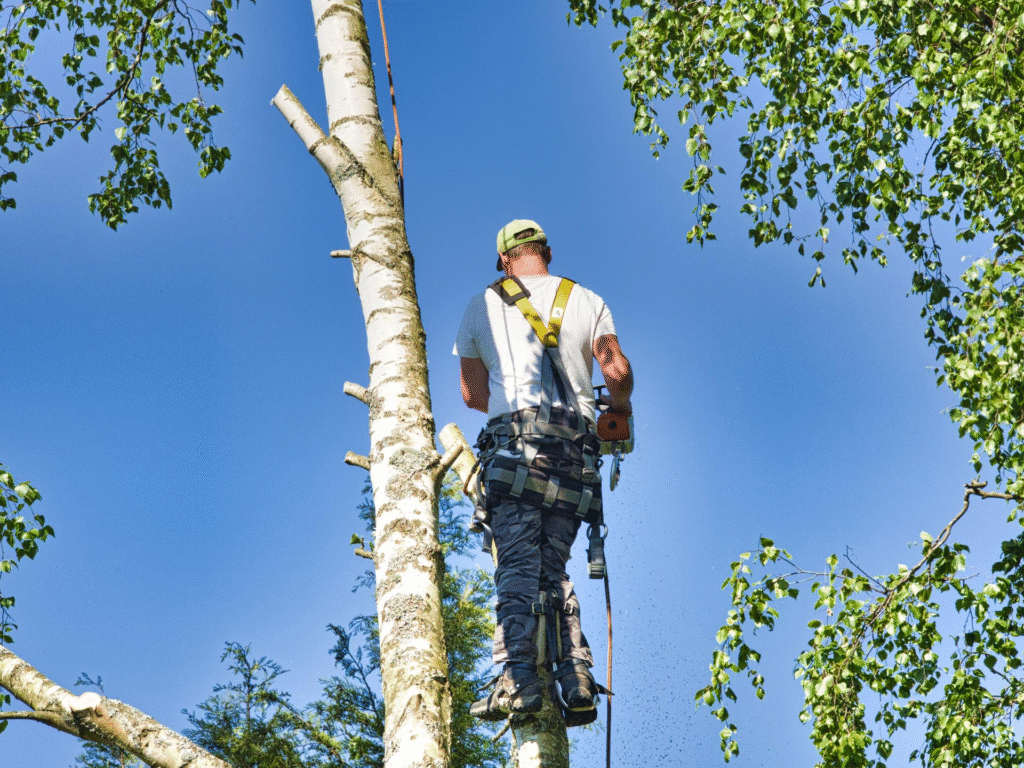
Ecological Considerations
Trees provide numerous environmental benefits, including:
- Carbon sequestration and oxygen production
- Stormwater management and erosion control
- Wildlife habitat and biodiversity support
- Temperature regulation and energy conservation
- Air pollution filtration
When removing trees, consider these impacts and potential mitigation strategies, such as:
- Replacing removed trees with native species
- Preserving other trees and vegetation on your property
- Installing alternative green infrastructure
- Supporting local conservation efforts
Conclusion
Tree removal in Canada involves navigating a complex web of regulations, permits, and costs that vary significantly by location. By understanding the laws in your municipality, following proper permit procedures, and hiring qualified professionals when needed, you can ensure your tree removal project proceeds legally and safely.
Remember that trees provide immense environmental and property value benefits. When removal is necessary, consider replacement options that will maintain these benefits for future generations. By approaching tree removal responsibly, you contribute to the sustainable management of Canada’s urban forests while meeting your property management needs.
For the most current and specific information regarding tree removal regulations in your area, contact your local municipal forestry department or urban planning office.
